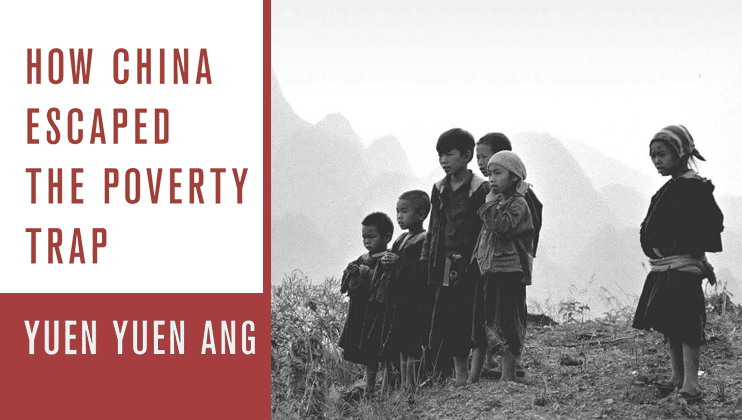

In the face of rising inequality, the COVID-19 pandemic and competition from China, a growing number of politicians and advisers argue that the West should follow in Asia’s footsteps and enact industrial policies. However, the tide began to turn after the 2008 financial crisis. Neoliberals briefly had the upper hand following the 1997 Asian financial crisis, which was widely blamed on state intervention. The ideological pendulum has swung back and forth ever since. Proponents of the model underlying the East Asian “miracle” criticized the Washington Consensus for ignoring the indispensable role of governments in late-developing economies.

In defiance of Western prescriptions, Japan and the four “Asian Tigers” - Taiwan, Hong Kong, Singapore and South Korea - opted for massive government intervention.īy crafting long-term plans, investing in public infrastructure, and selecting and promoting potentially successful industries with favorable policies, they all achieved extraordinary economic growth from the 1960s to the 1990s. However, not all developing countries went along. State intervention was unnecessary, if not downright harmful. The implication was that all it took for countries to prosper was to leave markets to private entrepreneurs.

One policy prescription favored by policymakers and economists was “secure property rights,” which spawned a cottage industry of studies showing the link between such rights and economic growth. Under the “Washington Consensus,” a term coined by economist John Williamson in 1989, the US-dominated IMF and World Bank pressured developing countries to embrace deregulation, privatization and free trade. As Reagan famously put it in his first inaugural address, “government is not the solution to our problem.


 0 kommentar(er)
0 kommentar(er)
